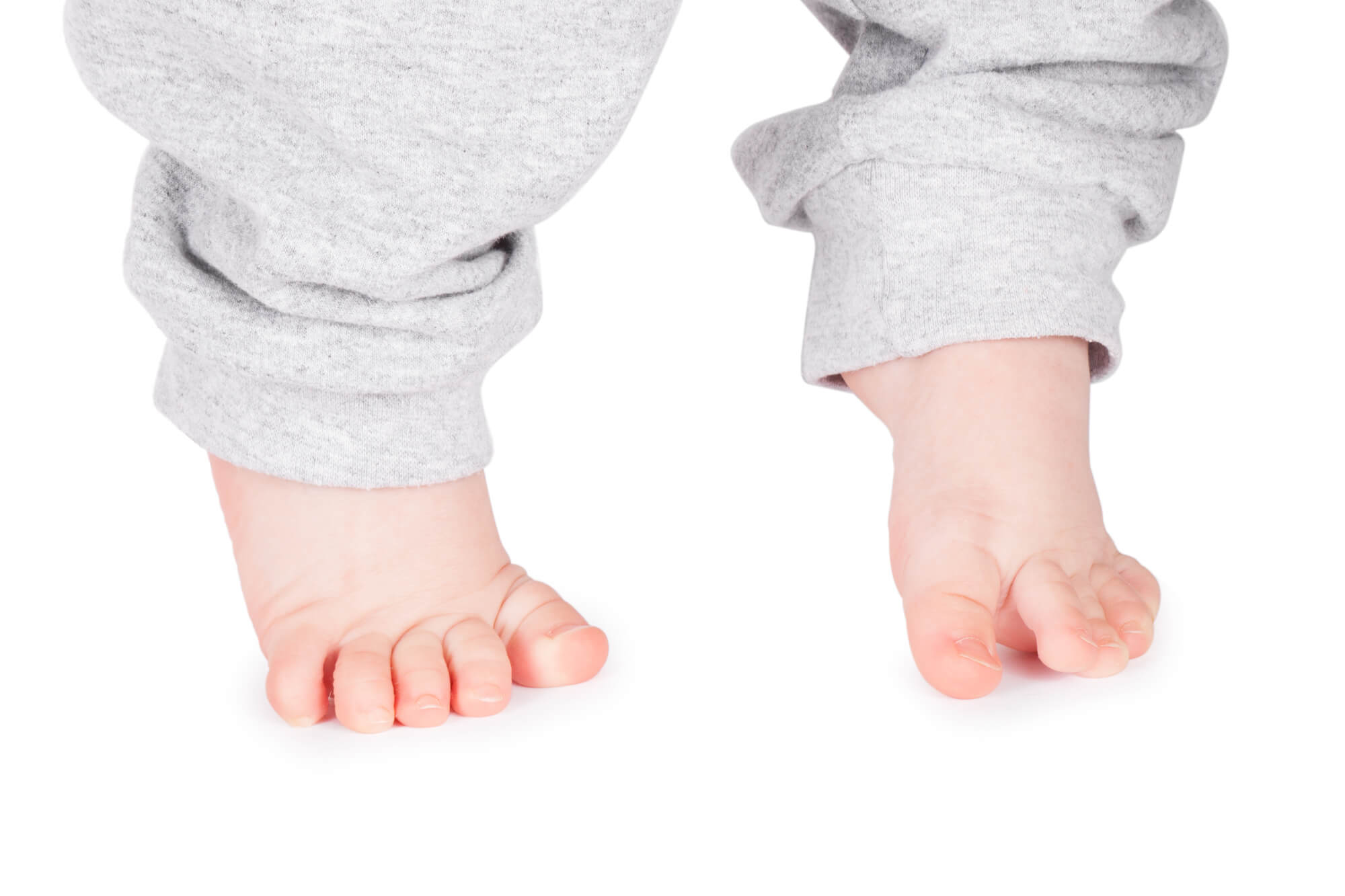Toe Walking in Children: What Every Parent Should Know
Toe walking, a condition in which a child habitually walks on the balls of their feet rather than their heels, is a common occurrence in early childhood, affecting up to a 24% of the pediatric population. While many children will naturally outgrow the behavior, it can persist and lead to potential complications, such as muscle tightness and gait abnormalities. Thus, it is essential for parents to familiarize themselves with the causes, symptoms, and available treatment options for toe walking in order to provide the best care for their child's physical development and overall well-being.
Causes of Toe Walking
Toe walking can have several causes, including neurological disorders, muscular or skeletal issues, and behavioral or psychological factors.
One of the most common causes of toe walking is Idiopathic Toe Walking (ITW), which is a condition where the cause is unknown. ITW is most common in children who are otherwise healthy and typically begins before the age of 2.
Neurological disorders such as autism spectrum disorder, cerebral palsy, and muscular dystrophy can also cause toe walking. These conditions can affect muscle tone and coordination, leading to a child walking on their toes.
Muscular or skeletal issues, such as a tight Achilles tendon, can cause toe walking. In these cases, a child may walk on their toes to compensate for a limited range of motion in their ankle or foot.
Lastly, behavioral or psychological factors can also cause toe walking. Children may walk on their toes to express frustration or anxiety or as a learned behavior.

Symptoms of Toe Walking
The most obvious symptom of toe walking is that a child has difficulty standing on their heels. Other symptoms may include an unusual gait or walking pattern, tightness in the calf muscles, and difficulty with balance and coordination.
Diagnosis and Treatment
Parents need professional help if they suspect their child is toe walking. A pediatrician or podiatrist can evaluate the child and make a diagnosis. Early diagnosis is important as it can help prevent complications from arising later on.
Treatment options for toe walking will depend on the condition's underlying cause. For children with ITW, treatment may include physical therapy and/or orthotic devices such as a brace or cast. These devices can help stretch the calf muscles and encourage the child to walk on their heels. In more severe cases, surgery may be necessary to lengthen the Achilles tendon.
Treatment for children with neurological disorders will focus on managing the underlying condition. A doctor may recommend physical therapy and/or orthotic devices to help improve muscle tone and coordination.

Prevention and Management
Regular check-ups with a pediatrician or podiatrist can help prevent complications from arising in children with toe walking. During these check-ups, the doctor can monitor the child's condition and make any necessary adjustments to their treatment plan.
Stretching and strengthening exercises can also help prevent or manage toe walking. These exercises can help improve muscle tone and flexibility in the calf muscles.
Proper footwear is also important for children with toe walking. Shoes with a heel counter and good arch support can help encourage the child to walk on their heels. Parents should encourage their children to walk barefoot or in socks as much as possible, as this can help promote natural foot development.
Conclusion
Toe walking is a common condition in children, but early diagnosis and proper management are important to prevent long-term complications. Parents should be aware of the signs and symptoms of toe walking and seek professional help if they suspect their child may be affected. Treatment options may include physical therapy, orthotic devices, and in some cases, surgery. Parents must work closely with their pediatrician or podiatrist to ensure their child receives the best possible care.
FAQ
When should I worry about toe walking?
Parents should be aware of the signs and symptoms of toe walking and seek professional help if they suspect their child may be affected. If a child continues to toe walk after age 2, it is important to seek professional help to ensure that the condition does not cause any long-term complications.
What is toe walking a symptom of?
Toe walking can be caused by various factors, including idiopathic toe walking, autism spectrum disorder, cerebral palsy, and muscular dystrophy. In some cases, it can also be caused by neurological or structural issues.
Does walking on toes indicate autism?
Toe walking is not a diagnostic criteria for autism, but it may be more common in children with an autism spectrum disorder.
At what age should children stop toe walking?
A child's walking pattern may change as they grow and develop. A child who is toe walking may learn to walk on their heels as they age. However, if a child continues to toe walk after age 2, it is important to seek professional help to ensure that the condition does not cause any long-term complications.
How do you fix toe walking in kids?
Treatment options for toe walking in children may include physical therapy, orthotic devices, and in some cases, surgery. The specific treatment plan will depend on the condition's cause and the child's needs. Parents should work closely with their pediatrician or podiatrist to ensure their child receives the best care.

